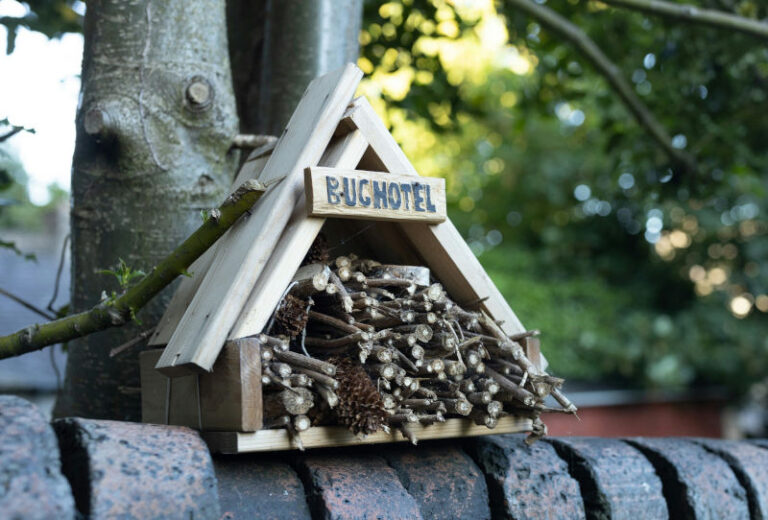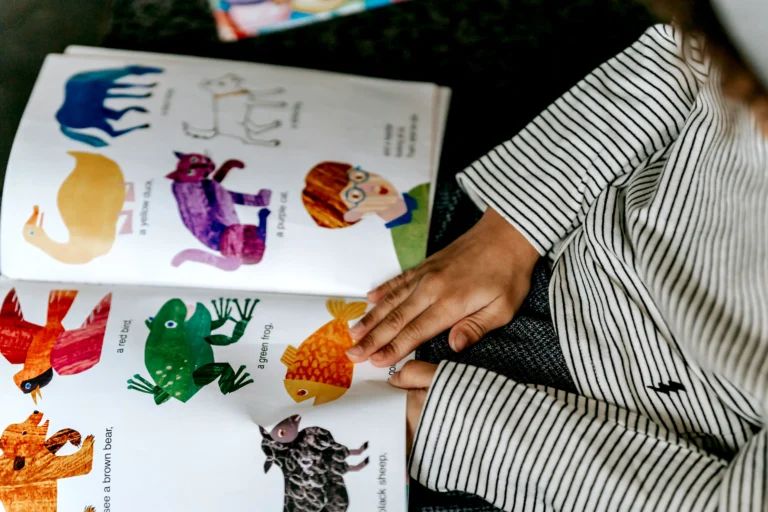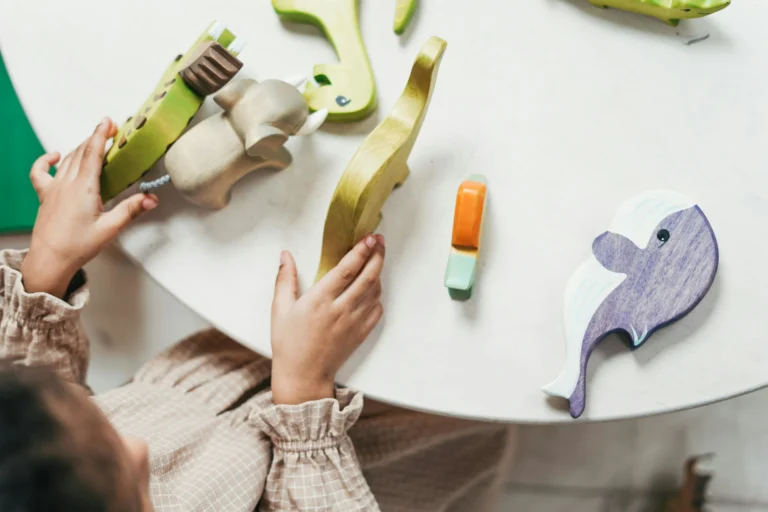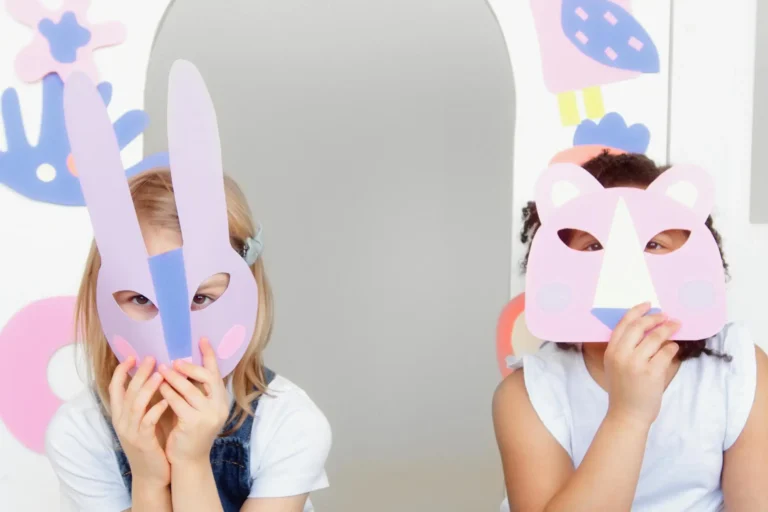Animals are a wonderful theme to spark curiosity, creativity, and learning in young children. These animal activities for EYFS are perfect for developing key skills across all Areas of Development while introducing little learners to the fascinating world of animals.
Let’s explore some fun and educational activities!
Blossom’s Recommended Animal Activities for Early Years:
Activity 1: Animal Sorting Game
Provide a selection of toy animals or animal picture cards and ask children to sort them into categories, such as “farm animals,” “wild animals,” “sea animals” or “pets.”
EYFS Areas of Learning and Development and Early Learning Goals:
- Mathematics
- Number:
- Counting the animals in each group supports number recognition.
- Number:
- Understanding the World
- The Natural World:
- Children learn about different types of animals and their habitats.
- The Natural World:
- Physical Development
- Fine Motor Skills:
- Picking up and sorting toys develops finger strength.
- Fine Motor Skills:
Activity 2: Animal Movement Obstacle Course
Create an obstacle course and encourage children to move like animals as they navigate it. For example, “hop like a rabbit,” “slither like a snake,” or “stomp like an elephant.”
EYFS Areas of Learning and Development and Early Learning Goals:
- Physical Development
- Gross Motor Skills:
- Crawling, hopping, and jumping improve coordination and strength.
- Gross Motor Skills:
- Communication and Language
- Listening, Attention and Understanding:
- Following instructions builds focus and comprehension.
- Listening, Attention and Understanding:
- Expressive Arts and Design
- Being Imaginative and Expressive:
- Pretending to be animals sparks creativity and role play.
- Being Imaginative and Expressive:
Activity 3: Create an Animal Habitat
Provide children with natural materials, toy animals, and craft supplies to build habitats for different animals, such as a jungle for monkeys or a pond for frogs.

You might even want to create a garden habitat in your outdoor space to encourage the wild animals to visit your garden. Things such as a bird box or hedgehog home are a nice addition!
EYFS Areas of Learning and Development and Early Learning Goals:
- Understanding the World
- The Natural World:
- Learning about habitats fosters curiosity about animals and their environments.
- The Natural World:
- Expressive Arts and Design
- Creating with Materials:
- Designing habitats encourages creativity and problem-solving.
- Creating with Materials:
- Physical Development
- Fine Motor Skills:
- Arranging materials and creating habitats develops hand-eye coordination and finger strength.
- Fine Motor Skills:
Activity 4: Animal Sounds Matching Game
Play audio clips of animal sounds and ask the children to match the sounds to what animal they think it is. You could provide the animal toys or cards to match the sounds you play.
EYFS Areas of Learning and Development and Early Learning Goals:
- Communication and Language
- Listening, Attention and Understanding:
- Children will have to listen attentively to identify the animal sounds.
- Speaking:
- Describing the sounds and naming the animals develops vocabulary.
- Listening, Attention and Understanding:
- Understanding the World
- The Natural World:
- Exploring animal sounds helps children learn about different species.
- The Natural World:
Activity 5: Animal-Themed Sensory Tray
Create a few sensory trays to represent different animal scenes. You can use materials like sand, leaves, water, crushed cereal for a taste-safe option and toy animals.
Let children explore the textures and bring the animal scenes in the tray to life with their imagination.
EYFS Areas of Learning and Development and Early Learning Goals:
- Understanding the World
- The Natural World:
- The different animal scenes encourage exploration of the similarities and differences between animals and their habitats.
- Sensory play helps children to learn about the world around them.
- The Natural World:
- Physical Development
- Fine Motor Skills:
- Handling small animals and materials strengthens hand-eye coordination.
- Fine Motor Skills:
- Expressive Arts and Design
- Being Imaginative and Expressive:
- Creating animal scenes with different sensory materials inspires creativity.
- Being Imaginative and Expressive:
Activity 6: Read and Act Out Animal Stories
Choose a story like Dear Zoo, Rumble in the Jungle or Brown Bear, Brown Bear, What Do You See? and let children act out the story using props, masks, or toys.

EYFS Areas of Learning and Development and Early Learning Goals:
- Literacy
- Comprehension:
- Acting out the story helps with sequencing and understanding.
- Comprehension:
- Communication and Language
- Speaking:
- Retelling the story builds vocabulary and confidence.
- Listening, Attention and Understanding:
- Following the story builds attention and acting out the story shows understanding.
- Speaking:
- Expressive Arts and Design
- Being Imaginative and Expressive:
- Role-playing the story encourages creativity and imagination.
- Being Imaginative and Expressive:
Activity 7: Animal Counting and Sorting
Use toy animals or pictures for a counting and sorting game. Ask children to group the animals by size, colour, or type and then count how many are in each group.

For added challenge you could ask them to find two “sea animals” and two “farm animals”.
EYFS Areas of Learning and Development and Early Learning Goals:
- Mathematics
- Number:
- Counting animals reinforces number recognition.
- Number:
- Physical Development
- Fine Motor Skills:
- Sorting and arranging toys develop hand-eye coordination.
- Fine Motor Skills:
Activity 8: Animal Masks Craft
Provide templates or blank masks for children to decorate as their favourite animals. Use crayons, paints, and craft materials like feathers or fur for added fun.

EYFS Areas of Learning and Development and Early Learning Goals:
- Expressive Arts and Design
- Creating with Materials:
- Crafting animal masks encourages creativity and exploration.
- Being Imaginative and Expressive:
- Wearing the masks inspires role play and storytelling.
- Creating with Materials:
- Physical Development
- Fine Motor Skills:
- Decorating and cutting out masks builds finger and hand strength.
- Fine Motor Skills:
Activity 9: Animal-Themed Yoga
Teach children simple yoga poses inspired by animals, such as “cobra pose” for a snake, “camel pose” or “downward dog.” Encourage them to mimic the movements as part of the session.
EYFS Areas of Learning and Development and Early Learning Goals:
- Physical Development
- Gross Motor Skills:
- Stretching and balancing improve flexibility and coordination.
- Fine Motor Skills:
- Holding poses enhances hand strength.
- Gross Motor Skills:
- Personal, Social and Emotional Development
- Managing Self:
- Following yoga instructions and trying out the poses builds confidence.
- Managing Self:
These animal activities for EYFS combine creativity, sensory play, and physical movement to help children explore the animal kingdom while developing key skills. From creating habitats and sorting animals to acting out stories and crafting masks, these activities align perfectly with EYFS Areas of Learning.
For UK nurseries and early years providers, these animal-themed activities are a fantastic way to inspire curiosity and hands-on learning in young children. Let the animal fun begin!